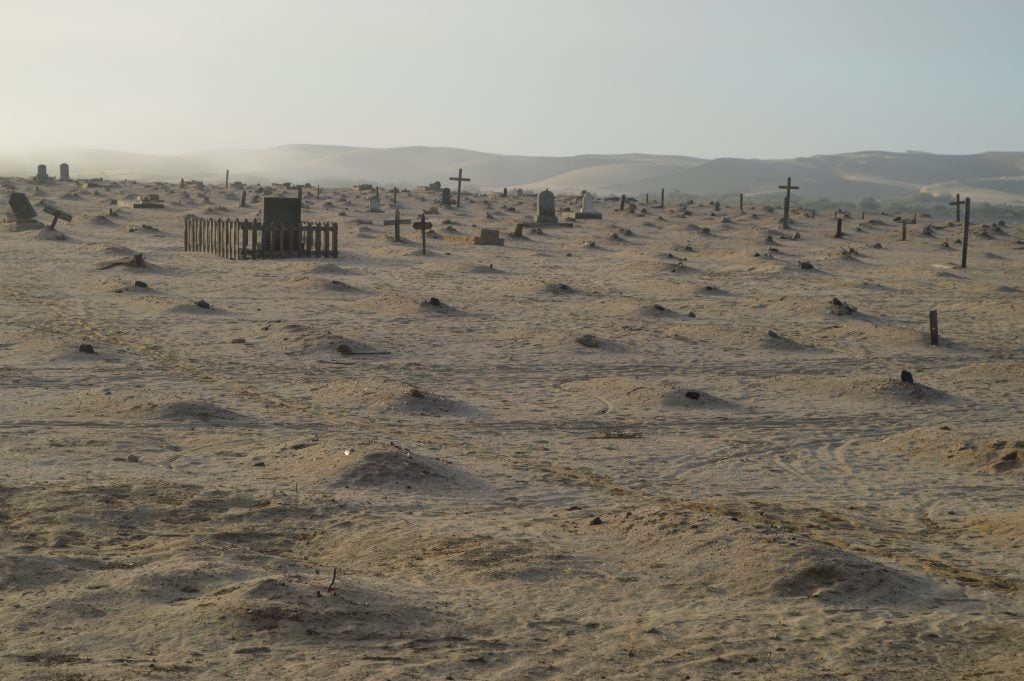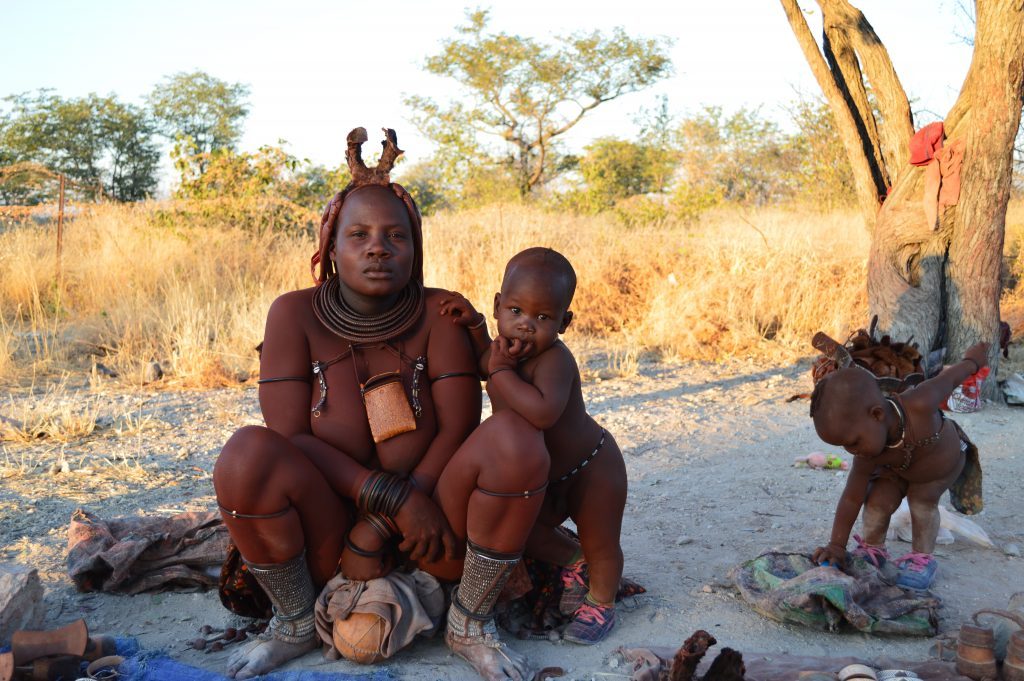Namibia culture is very diverse and it dates back thousands of years. It starts with the migrating tribes that make up the diverse local cultures. However, it descends into the dark years of German colonialism and the oppression that followed. Eventually, Namibia culture would experience a renaissance after Namibia’s independence in 1990.
Germany Colonizes SW Africa
There was a German trader named Adolf Luderitz that was very influential. In 1883, he advised Otto von Bismark, the German Chancellor to claim the area of SW Africa for Germany. This is due to his fear that the British would soon declare the area to be a British protectorate. In 1884, Bismark followed this advice and declared German South West Africa to be a colony of the German empire.
Futile Resistance by Namibia Tribes
Bismark then deployed German troops to the new colony. They met fierce resistance from the local tribes such as the Herero and the Namaqua. To cope with the situation Germany sent 14,000 additional troops. The Germans now decisively crushed the tribal rebellion in the Battle of Waterberg in 1905.
Namibia Culture is Nearly Eliminated
The Germans instituted similar tactics as the US government did against American Indians. Therefore, it was basically a war of attrition that resulted in the deaths of thousands of local Namibian tribal members.
The tactics of the US army was to eliminate the American buffalo which was the main food source of the American Indians. However, in SW Africa, the German troops restricted access to the local water supplies with the same effect. Indeed, in the desert, the water source is obviously very important for survival. This resulted in the tragic event known as the Herero and Namaqua Genocide.
As a result it is estimated that between 24,000 and 65,000 Herero and 10,000 Namaqua were killed. The deaths made up approximately 50-70% of the local Herero population and about 50% of the local Namaqua population.

The German Colonists Declare Victory
As a result of the defeat and pacification of Namibia culture, the German population surged in 1910. Many of the colonial settlements established by the German colonists are still in existence and their descendants are current residents.
Indeed, I rented property from a German couple in Swakopmund that are the descendants of original colonists. Ironically, the Herero graveyard seen in the photo above is located across the street from their rental property in Swakopmund.

The Renaissance of Namibia Culture
The Germans relinquished control of SW Africa after WWI. As a result, it came under the administration of the British Commonwealth of South Africa in 1920.
Nonetheless, the road to independence would still be long and hard for modern day Namibia. As a result of intense international political pressure, Namibia culture was able to withstand prolonged resistance from the South African troops occupying SW Africa.
Finally in 1990, Namibia achieved its independence. Namibian independence day is March 21 1990. In modern times, it is still possible to visit and experience the distinct cultural practices of the local tribes.
The San Bushmen
The San (also known as the Bushmen) still use tools today from as far back as 44,000 BCE. Additionally, the San hunters are renown animal trackers. Indeed, their ancient ways are still the best in the world. The San were traditionally semi nomadic. However, they have mostly switched to a non nomadic lifestyle at the behest of the government.
This component of Namibia culture is still alive. As a result, it is still possible to visit the San people today to witness and learn about their traditional lifestyle.
The Himba Tribe
The Himba are probably the most photogenic of all the African tribes. Additionally, the Himba predominantly reside in Northern Namibia and the population is approximately 50,000. Furthermore, the Himba are considered the last semi nomadic people in Namibia.
Due to extreme scarcity of water in Namibia, the Himba cover their skin with the traditional paste called otijize. This is a mixture of butterfat and ochre. It keeps the skin clean over long periods of time and gives their skin a reddish color.
As a result, the Himba believe the otijize characterizes their idea of beauty, symbolizing the earth’s rich red color and the blood of life. It really is quite visually striking.

The Herero
The Herero are traditionally a cattle herding pastoral ethnic group that originally immigrated from East Africa. Their language is part of the Bantu language group. Additionally, the Herero population in Namibia numbered about 250,000 in 2013, and there are smaller groups of Herero to be found in Botswana and also Angola.
The Namaqua
The Nama also traditionally known as the Namaqua are also a pastoral ethnic group that populate Namibia, Botswana and South Africa. Their traditional language is part of the Khoe-Kwadi language group and a lot of Nama also speak Afrikaans. Many Nama clans populate Central Namibia and also Namaqualand which today is near the border with South Africa.
The Fading Rivalry in Namibia Culture
The Herero had begun arriving in Namibia in the 17th and 18th centuries. Additionally, the Nama began migrating from South Africa in the 1900s. However, the Nama had brought guns with them which were purchased from the white merchants in South Africa.
The Nama and the Herero originally were competitors for land in Namibia. This led to bitter warfare between the two groups. As a result, the rivalry between the two groups lasted most of the 19th century until they found a common enemy in the German Colonists.
Indeed, the colonial war with the Germans ended very badly for both the Namaqua and the Herero. However, the two groups now try and find common ground rather than cultural differences.


